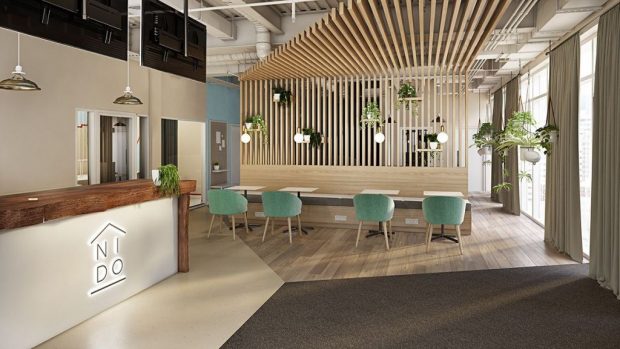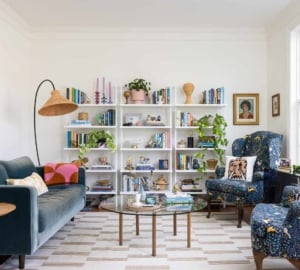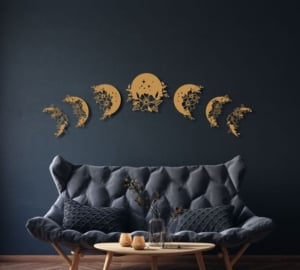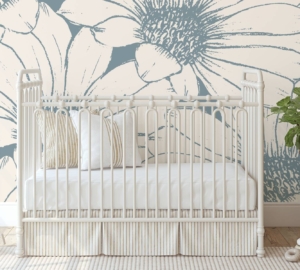Interior design changes, or additions, can improve your energy consumption in big ways. Most of the changes are simple and take a few minutes to accomplish. Others may take you a day or two, but they are still not complicated. Setting your house up for optimal energy efficiency is a process anyone can do.

- Light Bulbs-Time and time again you hear that changing your bulbs to LED styles will increase the life of the bulb, allowing you to save on the cost of buying them. You may not know that these types of bulbs are also extremely good at saving energy. Change all your light bulbs to LED’s and your power consumption will go down. Initially the price of these items is high, but they do pay for themselves in the end. Not only do they save on energy, but they also have a long-life span. It is especially important to change these if you have a lot of big lights like in an office or shop.
- Fans-If you do not have fans throughout your house then add them in. Make sure they have built in lights, so you do not have to wire them in separately. Fans save on heating and cooling costs simply by circulating the air better. During the hot summer months, you will want the fans spinning counterclockwise, so the air is pushed downwards. The winter months will be exactly opposite. The fans with turn clockwise to pull the air up. If you cannot adjust the direction of motion on your fans, then you can change the fan blade to reverse the way the air flow works.
- Energy Supplier-If your area has more than one energy supplier than be sure to check prices and usage costs. If your area only has one supplier, then different plans may be available that will allow you to choose, according to your lifestyle. Iselect helps you compare electricity suppliers, or plans, in your area, which will make your search easier and more efficient.
- Windows-Larger windows offer higher energy conservation then smaller versions. A huge picture window in your living room can allow the sun in to help warm the house up. Convert all your windows to energy savings brands because they make it possible to save power on heating and cooling. As for curtains and blinds, the darker they are the better they are at trapping in the air at the temperature that you want.
- Flooring-Tile may look good in a house, but when it comes to energy efficiency carpets and rugs are the way to go. They will trap in heat, allowing the thermostat to be turned down in the colder months. You can even have carpets in the bathroom. Install some indoor/outdoor carpet or add numerous rugs.
- Colors-Even though we have all been taught, throughout our lives, that colors can reflect heat, many of us don’t adapt the knowledge to our homes. Light colors on the walls and ceilings will make an improvement on your lighting usage. Instead of having ten lights on to be able to see in a dark room, one or two lights will do the job.
- Furniture-The final energy saving tip is to make sure your furniture is placed in such a way as to allow air flow throughout the house. Do not put a chair over, or near, a heating vent. Place furniture far enough away from the vents, or air conditioner, to ensure that air movement is not blocked. If you live in a small place and there is no way to have furniture without blocking a vent, close it. If it cannot have the right amount of airflow closing it will allow the other vents to work more efficiently.
As you can see, with a few simple changes and a couple of remodeling tips you can make your home energy efficient. None of these tasks will cost huge amounts of money, and they can be accomplished by anybody that has some spare time.



